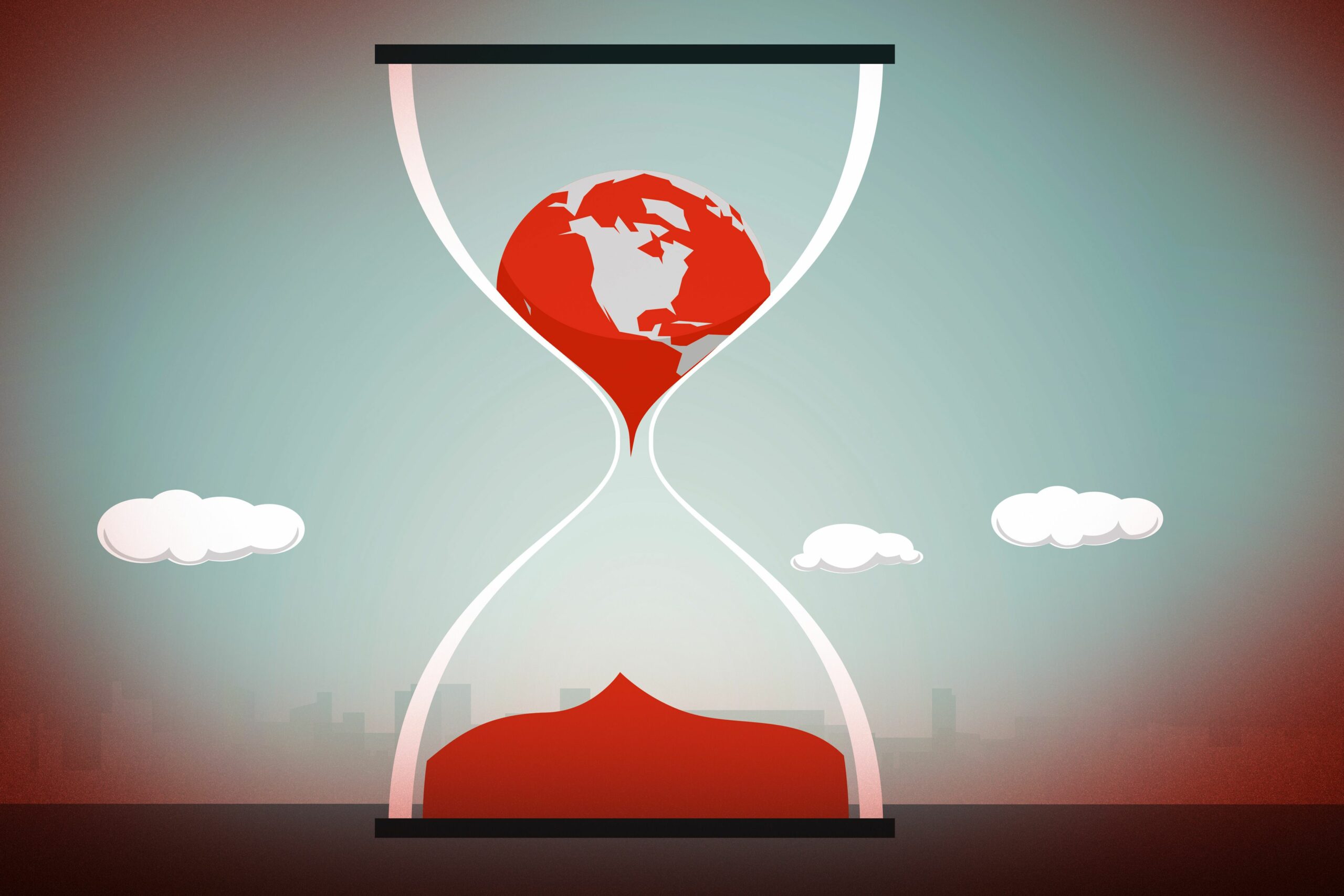The Permian Extinction and Its Aftermath
Earth’s crust was once marked with pillars of magma as greenhouse gases bellowed into the atmosphere, pushing life to the brink and nearly collapsing the Earth’s ecosystem. Over millions of years, the Permian Extinction eradicated nearly every species on Earth, but a greater disaster may be waiting in the wings. Could another extinction event exterminate life on Earth?
Evolution and Extinction: A Natural Cycle
Earth was born around 4.5 billion years ago. Five hundred million to one billion years later, life emerged at the bottom of the ocean, where single-celled organisms flourished around hydrothermal vents. Since the genesis of life, an estimated five billion species have evolved on our planet; however, 99% of those species are now extinct. In order to survive the planet’s changing conditions, species evolve to adapt to unexpected and radical shifts in their environments, which creates competition for food, water, and territory.
Species that rise above their competition—the so-called fittest, according to Charles Darwin’s Theory of Natural Selection—dominate the changing world. Struggling species, on the other hand, dwindle and eventually disappear. Balanced by natural selection, animal and plant populations have fluctuated wildly over geological time. From the 90-foot apatosaurus to the giant ground sloth, a diverse range of creatures have prospered and perished on our planet. Gradual extinction, in other words, is a natural step in the evolution of life, but no amount of genetic adaptation could prepare living organisms for the catastrophic events to come.
The Big Five Mass Extinctions
In the last 500 million years, five mass extinctions, known as the Big Five, have nearly annihilated life on Earth. To qualify as a mass extinction, an event must eradicate at least half of the species on our planet, resulting in a significant elevation of the extinction rate. When the environment changes naturally—even massively—extinction, adaptation, and speciation follow. Though natural disasters have rocked our terrestrial planet, life on Earth has survived, evolved, and flourished for billions of years.
Human Impact: The Sixth Mass Extinction
Over the past two centuries, the forces shaping the natural world have changed. No longer is the environment governed exclusively by the laws of nature. Humans, the most dominant species to walk the Earth, have transformed environments around the world, subverting billions of years of meticulous evolution. Could humans bring about a Sixth Mass Extinction, the first since the dawn of man? According to scientists, we’re currently living through the Sixth Mass Extinction. The mid-20th century marked the start of a phase called the Great Acceleration.
The Great Acceleration and Its Consequences
During the Great Acceleration, human civilization experienced significant growth, resulting in a step-increase in anthropogenic damage to the Earth. Rapid technological advancements, soaring demands for natural resources, and the growing production of pollutants have exponentially increased our footprint on the natural world. Emitting carbon dioxide has had a huge effect on our environment. Since the Industrial Revolution, humans have produced and released CO2 at a rate 100 times faster than any period in the last 420,000 years.
The astronomical increase in the production of CO2 has destabilized the delicate balance of our global ecosystem. To date, greenhouse gases have warmed the planet by almost 1 degree Celsius. A single-degree change in the Earth’s global temperature affects the entire natural world. Oceans, for example, have absorbed 90% of the excess heat created by man-made CO2. The rise of ocean temperatures has damaged and destroyed rich aquatic ecosystems like coral reefs, which could be gone in just a few decades.
Ongoing Environmental Challenges
Since the Great Acceleration, humans have made little effort to curb our overwhelming production of greenhouse gases. In 2018, people released about 40 billion tons of CO2 into the air. This byproduct of human industry has harmed the Earth’s climate, pushing important ecosystems to and even beyond their breaking points. Now, natural wonders like the Amazon rainforest, one of the most diverse ecosystems in the world, are inching closer to endangerment and collapse.
What we do affects more than just the weather and air around us. Decades of pollution, deforestation, and consumption have triggered a deadly cascade on par with the most destructive disasters in history. Already, the sixth mass extinction event has affected 75% of terrestrial habitats and 66% of marine habitats. We’ve interrupted food chains. We’ve changed weather patterns. We’ve disrupted ocean currents.
The Rapid Extinction of Species
The rate at which species are going extinct right now is truly unsettling. In the last hundred years, around 200 vertebrate species have gone extinct.That’s about 2 species per year. If we compare the current rate of extinction to the background or “normal” rate of extinction, the same 200 vertebrates would have taken approximately 10,000 years to die out through natural selection. In other words, human interaction has accelerated the extinction rate by over 100 times—a rate comparable to the Big Five.
Even low-risk species, including common populations spread throughout the world, are struggling. A 2017 study examined a sample of 27,600 vertebrate species. They discovered that 40% of those populations, ranging from low-risk to endangered species, are declining at a dangerous rate. With so many populations dying and declining, our planet faces a massive deterioration of global biodiversity. The impending domino effect will further deplete and destroy worldwide ecosystems.
Can We Reverse the Damage?
Can we save the Earth from ourselves? How long do we have left to preserve our planet? The Sixth Mass Extinction is already happening around us. The world’s glaciers are melting. Ecosystems are crumbling. Access to fresh water is rapidly declining, and humans are creating more toxic waste than ever. Humans have severely disrupted the natural world, and the current landscape foreshadows a greater extinction event to come.
A Call to Action

